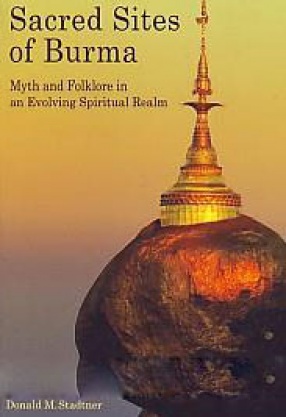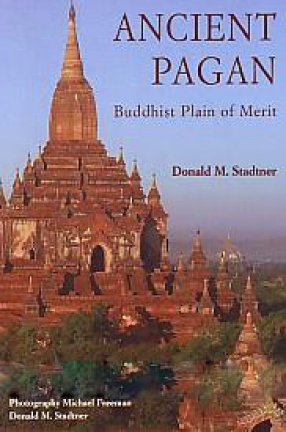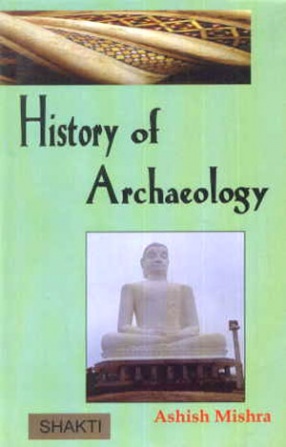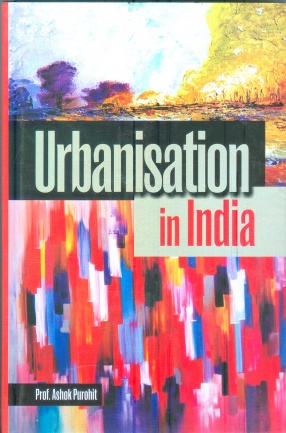As neighbours sharing the Bay of Bengal, Burma and India also share a common history. In the modern era both won their freedom from Britain at the same time. But the two civilizations were linked by trade long before, beginning in the first millennium BCE. By the Gupta period (circa 300-500 CE) Burmese art revealed a strong link with India, influences from the subcontinent peaked during the Pagan period (1000-1300), Indeed, in the Buddhist world Pagan has no rival. At the same time, Burma is anchored within the broader culture of Southeast Asia. Its Theravada Buddhism finds no modern parallel in India. Burma boasted a distinguished Department of Archaeology with roots in the late nineteenth century. From the mid 1960s, however, after the military assumed control, Burma is something of a terra incognita, inasmuch as foreign researchers are not encouraged. As a result, the number of publications on Burmese art is limited. Marg published a magazine on Burmese art in 1956, less than decade after India and Burma achieved independence. The present volume attempts to rekindle the spirit captured in that first issue. It provides a broad, general overview of the development and nature of Burmese art, and at the same time highlights current research, discussing facets ranging from the earliest contacts with India, to Pagan art and architecture, court manuscripts and jewellery from the nineteenth century, and modern lacquerware.

The Art of Burma: New Studies
In stock
Free & Quick Delivery Worldwide
reviews
Bibliographic information
Title
The Art of Burma: New Studies
Author
Edition
1st ed.
Publisher
ISBN
8185026440
Length
128p., Illustrations; Map; Index; 32cm.
Subjects






There are no reviews yet.